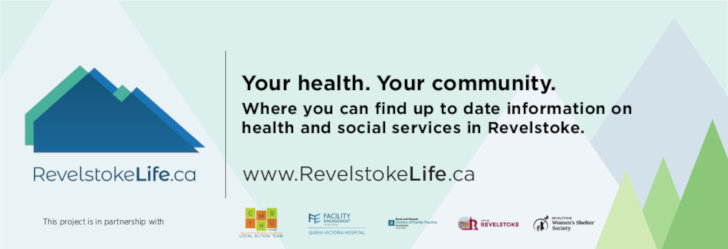Revelstoke has a known radon problem, with many homes testing far and above the acceptable limits. Radon is the leading cause of lung cancer in non smoking individuals.
On January 10 at the Columbia Shuswap Regional Directors (CSRD) Board Meeting, radon was discussed in a presentation made by Health Canada, CAREX Canada and Little Bear Engineering.
In a press release for the CSRD, Mayor Sulz shared his own personal story of having his residence tested. His home, Mayor Sulz learned, tested at 4500 Bq/m3, far over the recommended maximum of 200 Bq/m3.
“I’m like the poster child for radon testing,” says Sulz, in the release. Sulz shared that his father-in-law died of lung cancer, and had lived in the home for much of his life.
“We will never know the exact cause, but I have vowed to mitigate my home to protect my family, my grandchildren,” Sulz says in the press release.
“Radon is a radioactive gas found naturally in the environment. It is produced by the breakdown of uranium found in soil, rock or water. Radon is invisible, odourless and tasteless and emits ionizing radiation,” notes the website for the Government of Canada, https://www.canada.ca/en/health-canada/services/radon.html.
In places where there are higher levels of uranium in the ground, radon is more concentrated. When radon is released outside, it becomes diluted and is not problematic. In homes, it’s a different story.
“The air pressure inside your home is usually lower than in the soil surrounding the foundation. This difference in pressure draws air and other gases, including radon, from the soil into your home,” states the website. “Radon can enter a home any place it finds an opening where the house contacts the ground: cracks in foundation floor and walls, construction joints, gaps around service pipes, support posts, window casements, floor drains, sumps or cavities inside walls.”
Little Bear Engineering, based in Revelstoke, BC, is a certified by the Canadian National Radon Proficiency Program (C-NRPP) for both radon measurement and mitigation. There are two types of tests for detecting radon. A quick three day test and the Heath Canada recommended three month test, ideally done between October and April.
The company can mitigate homes with high radon testing, a service utilized by Sulz. The CSRD news notes the costs of mitigation fall in line with other home maintenance costs, such as installing a furnace or air conditioner.
“It was not invasive to have it done and the costs was not that expensive, especially when it comes to the safety of your family,” says Sulz. “I would say, get it checked out.”
For anyone interested in a free radon test kit or more information and can head out of town, the Salmon Arm Okanagan College is having an information session tonight, January 14th from 7:00 – 9:00 pm.



Facebook Comments